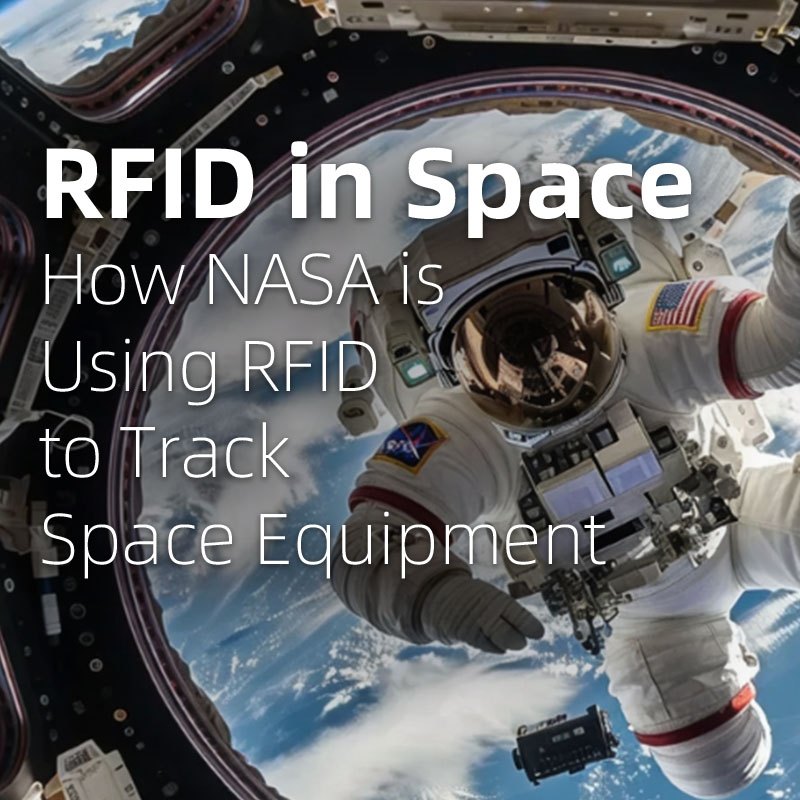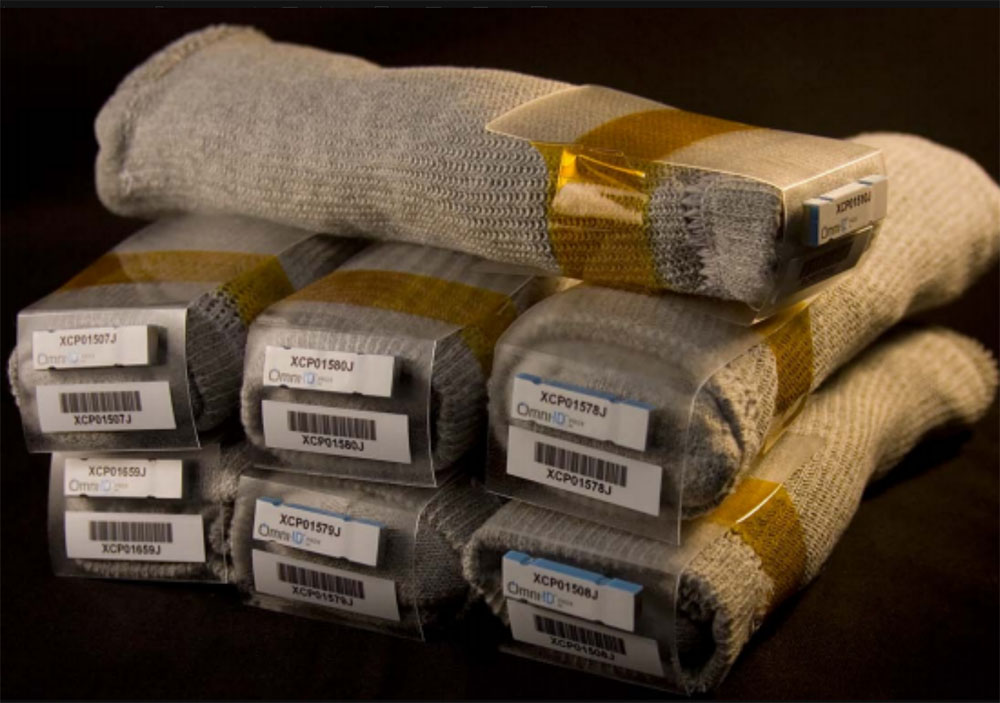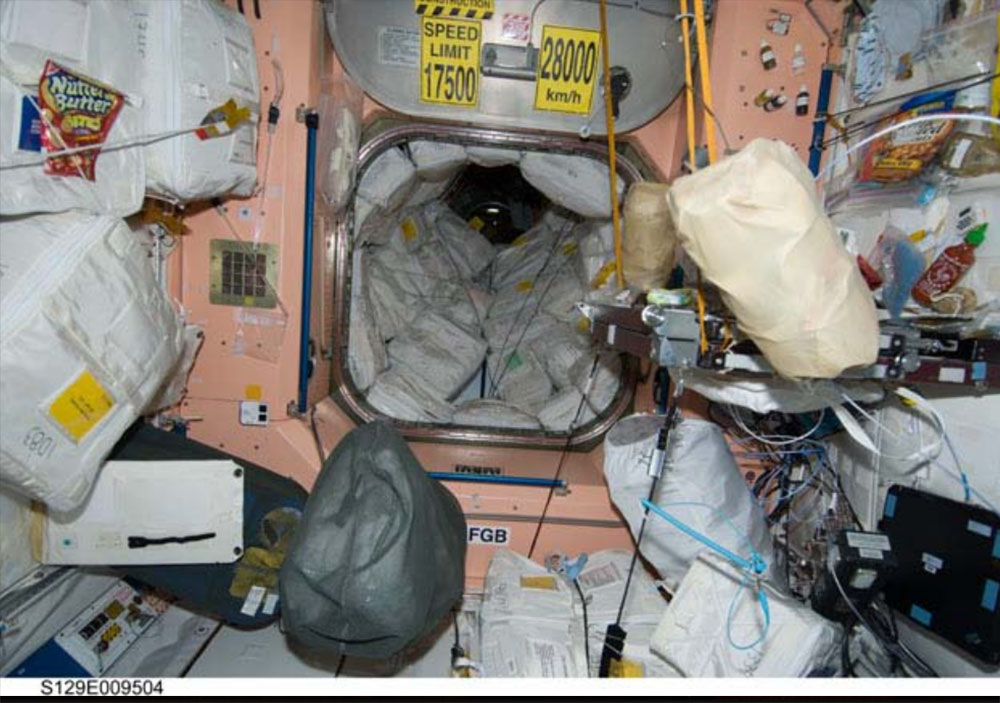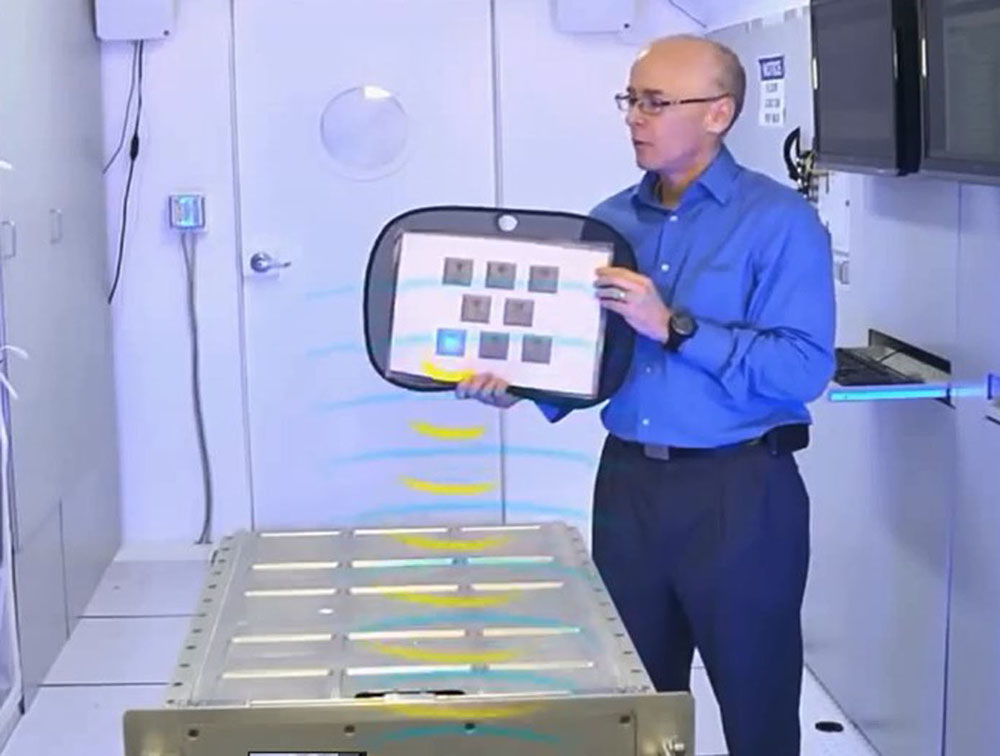Your location: Home Page > RFID Blog | SILION TECH > RFID in Space: How NASA is Using RFID to Track Space Equipment
News and Information
RFID in Space: How NASA is Using RFID to Track Space Equipment
Author:2024-11-12 12:19:33
As technology continues to evolve, the applications of RFID (Radio Frequency Identification) have expanded into many industries. While we often associate RFID with retail, logistics, and manufacturing, one of its most exciting and unconventional uses is in space exploration. NASA, the world’s leading space agency, has integrated RFID technology to solve complex challenges in tracking space equipment, improving efficiency and safety in space missions.

The Role of RFID in Space Missions
In the harsh and unpredictable environment of space, tracking equipment with precision is critical for mission success. Traditional methods of inventory management, like barcodes or manual record-keeping, are unreliable in zero-gravity environments or when dealing with sensitive space gear. That’s where RFID comes into play.
RFID tags can be attached to space equipment to provide automatic, real-time tracking. These tags communicate with readers through radio waves, allowing NASA to monitor tools, supplies, and assets used aboard spacecraft, space stations, or during spacewalks.

How NASA Uses RFID Technology in Space
NASA began exploring RFID technology as early as 2004, testing its potential to enhance the safety and efficiency of space missions. Today, RFID is employed in various aspects of space operations, including:
1. Inventory Management in Space: Managing inventory aboard spacecraft is a challenging task. The International Space Station (ISS), for example, houses a vast array of tools, spare parts, and supplies, all of which need to be organized and accessible. With RFID solutions, astronauts can quickly locate and identify items, ensuring that no critical tool goes missing, especially in urgent situations.
2. Tracking Spacewalk Tools: During extravehicular activities (EVAs), or spacewalks, astronauts carry essential tools that must be accounted for at all times. RFID tags on these tools help track their location, ensuring nothing is left floating in space.
3. Monitoring Cargo and Supply Deliveries: Space missions often involve resupplying the ISS or transporting research equipment to and from Earth. RFID is used to track cargo loads during launch and re-entry, ensuring that all necessary supplies reach their destination without delay.
4. Reducing Human Error: Human error is a risk factor in space operations. By automating the tracking of tools and materials with RFID, NASA significantly reduces the possibility of mistakes that could jeopardize a mission. The system alerts astronauts if items are misplaced or missing, ensuring better accountability.

Benefits of RFID in Space Exploration
The integration of RFID technology into space missions provides several key benefits:
· Efficiency: RFID’s automatic identification and tracking eliminate the need for manual checks, saving time and allowing astronauts to focus on mission-critical tasks.
· Safety: With real-time monitoring of equipment, NASA can ensure that essential tools are always available during critical operations like spacewalks, minimizing risks.
· Inventory Optimization: On long-duration missions, accurate inventory tracking is vital to prevent shortages or overuse of limited supplies. RFID enables NASA to monitor supply levels closely.
· Enhanced Data: RFID systems provide data on equipment usage patterns, which helps NASA make informed decisions about resource allocation and future mission planning.

Challenges and Future of RFID in Space
While RFID offers numerous advantages, it does face certain challenges in space environments. The technology must withstand extreme temperatures, radiation, and the vacuum of space. NASA has addressed these challenges by developing RFID systems capable of operating in space conditions, ensuring reliability and longevity.
Looking forward, the use of RFID in space missions is likely to grow. As space exploration becomes more complex, NASA and other space agencies will continue to rely on advanced technologies like RFID to streamline operations, reduce risks, and enhance mission success. Future applications could include tracking assets on lunar or Martian bases, monitoring autonomous spacecraft, and even managing large-scale space habitats.
RFID has proven to be a valuable tool for NASA in space exploration, providing an efficient and reliable way to track space equipment and inventory. As space missions become more ambitious, the integration of RFID technology will play a crucial role in ensuring the success and safety of future explorations beyond Earth’s orbit.
By harnessing the power of RFID, NASA is not only improving current missions but also laying the groundwork for the future of space exploration, making RFID a key technology in the journey to the stars.
* Photo credit: NASA